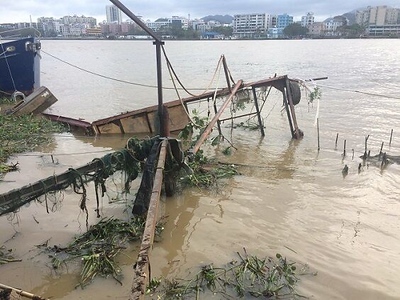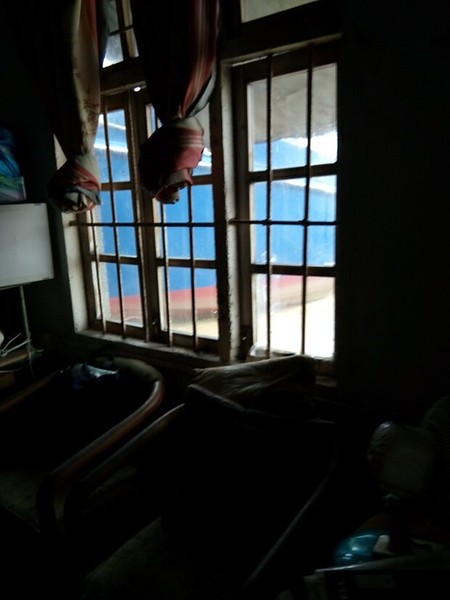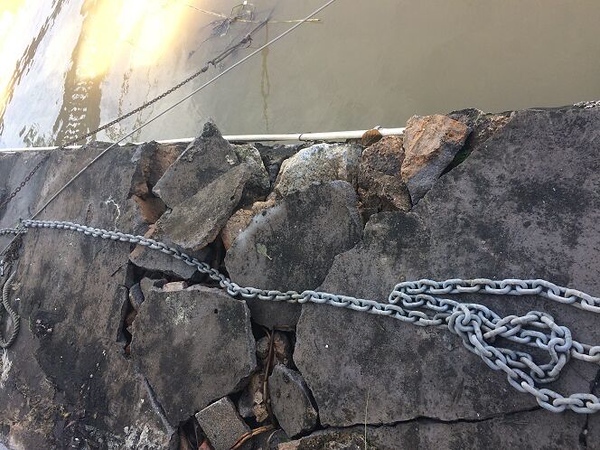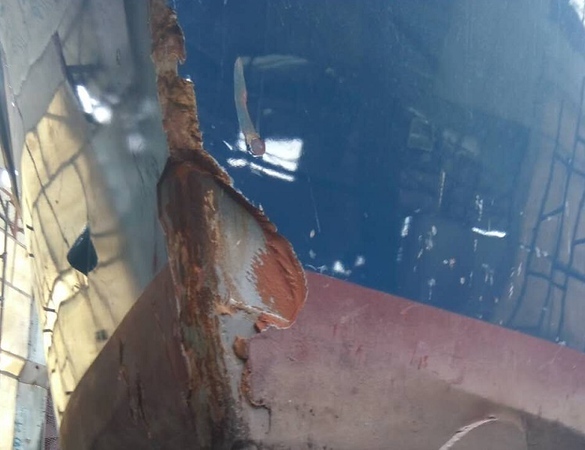Delfin
Grand Vizier
- Joined
- Jan 20, 2010
- Messages
- 3,821
I’ve had my KK Whaleback 48. I don’t want another monster boat. We lived aboard for 18 months before I developed some health problems. It was a great boat but way too big. We never filled it up and never wore half of what we had on the boat. I don’t want to do that again. It’s like a mansion for a couple. Pretty but silly.
I don’t have any doubts about getting insurance on a new build. I was saying to take a used euro boat and convert it to US spec isn’t feasible. It would be extremely expensive.
I have perused reality. Linssen is much less money. I have the bid. I’m just trying to get my head around steel hills and any long term issues. If my health stays good I’d like to be aboard for a decade so I want to understand the issues.
Thanks again.
If 10 years is your horizon, a new Linssen would require near zero maintenance unique to a steel boat, and less maintenance than would be unique to a fiberglass boat over that time period. Like I mentioned, buy an air brush for touch up. In line with that, get a white or whitish exterior color scheme. Touch ups are invisible with those colors, while darker colors can be much more easily seen.







